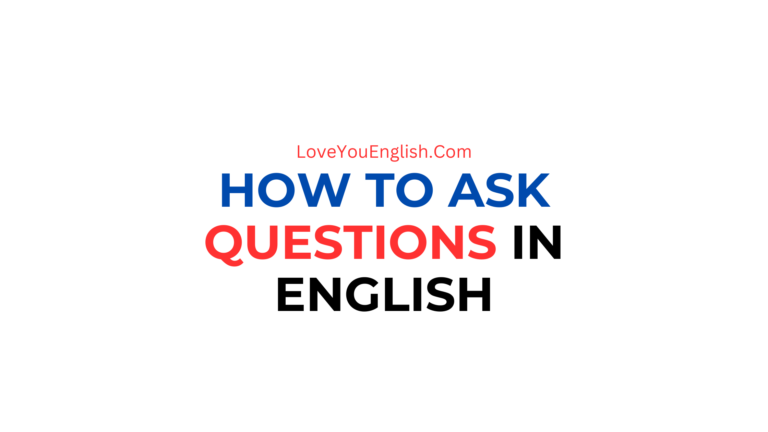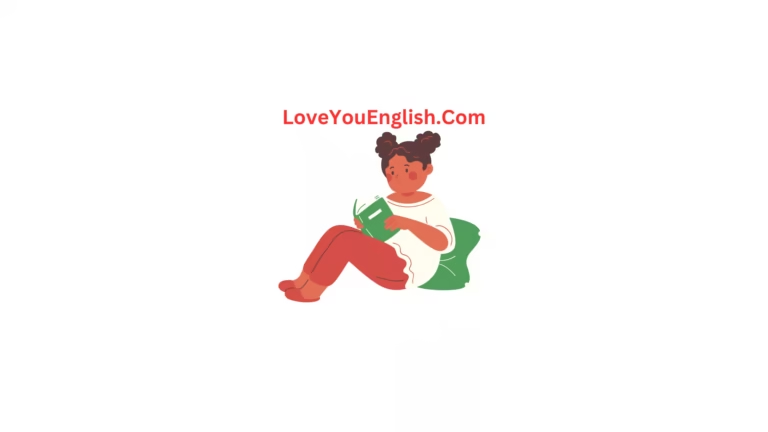How to Write a Blog – Tips & Techniques
Have you ever wanted to share your thoughts with the world?
Do you want to write something helpful, fun, or inspiring?
If yes, then blogging is a great way to do it.
But wait—how do you start? What should you write? And how can you make your blog interesting and easy to read?
Don’t worry! In this post, you’ll learn simple and practical tips to help you write a blog.
Whether you’re a beginner or just want to improve, these techniques will guide you step by step.
1. Know Why You Want to Write a Blog
Before you start writing, ask yourself: Why do I want to blog?
Here are some common reasons:
-
To share your knowledge or skills
-
To help others
-
To build a personal brand
-
To earn money
-
To enjoy writing
Knowing your purpose helps you stay focused. It also helps you choose the right topics and writing style.
2. Choose a Topic You Care About
Writing becomes easy when you choose a topic you enjoy or understand well. Think about:
-
What are you passionate about?
-
What do you know a lot about?
-
What do people often ask you?
Example topics:
-
Travel stories
-
Cooking tips
-
Technology updates
-
Fitness advice
Start with something you care about. Your interest will show in your writing.
3. Know Your Readers (Audience)
Before you write, think: Who will read this blog?
Knowing your audience helps you write in the right tone. For example:
-
If your readers are beginners, use simple words and clear examples.
-
If your readers are experts, you can use more technical terms.
Tip: Imagine you are talking to a friend. This makes your writing friendly and easy to understand.
4. Pick a Catchy Title
Your blog title is the first thing people see. A good title makes them want to click and read more.
Here are a few tips:
-
Keep it short and clear
-
Use strong keywords (like “how to,” “tips,” “guide,” etc.)
-
Add a number (like “7 Easy Ways…”)
-
Make it sound helpful or interesting
Examples:
-
“How to Start a Blog in 7 Easy Steps”
-
“10 Tips to Save Money on Travel”
-
“A Beginner’s Guide to Meditation”
5. Start with a Hook
Your first few lines should catch the reader’s attention. This is called a hook.
Here are some ways to write a hook:
-
Ask a question
-
Share a surprising fact
-
Tell a short story
-
Show a common problem
Example:
“Do you feel nervous when writing a blog? You’re not alone. Many new bloggers feel the same way, but with the right steps, blogging becomes fun and easy!”
6. Make an Outline
Before writing the full blog, make a simple outline. This helps you stay organized.
A basic blog structure looks like this:
-
Introduction – Hook + What the blog is about
-
Main Points – The key tips or ideas (in short sections)
-
Conclusion – Final thoughts + encouragement or a call to action
This structure makes your blog easy to follow.
7. Use Short Paragraphs and Simple Sentences
Most readers don’t like long blocks of text. To keep them interested:
-
Write short paragraphs (2–4 lines)
-
Use simple words
-
Keep your sentences short and clear
Instead of this:
Blogging is a great way to share your thoughts, build your brand, and connect with people, but it can be difficult if you don’t know where to start or what to write about.
Write this:
Blogging is a great way to share your thoughts.
It helps you build your brand and connect with others.
But it can be hard to know where to start.
See how much easier that is?
8. Add Subheadings
Subheadings help divide your blog into parts. They make it easier to read and understand.
Use headings like:
-
Tips for Beginners
-
Step-by-Step Guide
-
What to Avoid
Subheadings also help with SEO (Search Engine Optimization), which means your blog can rank better in Google search.
9. Use Bullet Points or Numbered Lists
People love to scan blogs quickly. Use bullet points or numbers to list ideas clearly.
Example:
Here are some benefits of blogging:
-
Share your ideas
-
Improve your writing skills
-
Help others
-
Make money online
-
Build an online presence
It looks neat and is easier to read than a long paragraph.
10. Be Yourself
Your blog should sound like you. Don’t try to copy others too much.
Use your natural voice. Write as if you’re talking to a friend. This makes your blog more real and relatable.
People enjoy reading blogs that sound human—not robotic.
11. Use Images or Videos (if possible)
A picture is worth a thousand words. Adding images or videos:
-
Makes your blog look better
-
Helps explain your points
-
Keeps readers interested
Tip: Use free image websites like Unsplash, Pixabay, or Pexels if you don’t have your own pictures.
12. Edit Before Publishing
Don’t click “Publish” right after writing. Take time to:
-
Read your blog again
-
Fix spelling or grammar mistakes
-
Make sure it flows well
-
Remove anything confusing or unnecessary
Tip: Reading it aloud can help you find mistakes more easily.
13. Add a Call to Action (CTA)
At the end of your blog, ask the reader to do something. This is called a Call to Action.
Examples of CTAs:
-
“Leave a comment below.”
-
“Share this blog with your friends.”
-
“Subscribe for more tips.”
-
“Try these steps and tell me how it goes!”
It keeps your readers engaged and helps you build a community.
14. Be Consistent
If you want to grow your blog, keep writing regularly. You can post once a week, once a month—whatever works for you.
The key is to stay consistent. Over time, more people will find and follow your blog.
15. Keep Learning and Improving
Nobody becomes a perfect blogger in one day. It’s okay to make mistakes in the beginning.
Keep learning:
-
Read other blogs
-
Watch tutorials
-
Take feedback from readers
-
Practice often
The more you write, the better you get!
Conclusion
Writing a blog is not hard if you follow the right steps. You just need an idea, a bit of planning, and the courage to start.
Let’s quickly review the key tips:
-
Know your purpose
-
Choose a topic you love
-
Understand your readers
-
Write a catchy title
-
Start with a hook
-
Use simple language and short paragraphs
-
Add headings and lists
-
Be yourself
-
Edit before posting
-
Ask readers to engage
-
Keep writing!
So what are you waiting for?
Grab your laptop or phone and start writing your first blog today. You’ve got this!
Happy blogging! 😊
More topics:
- How Reading Can Improve Your Writing Skills
- The Art of Speed Reading: Tips and Techniques
- The Best Books to Read in Your Lifetime
- The History of Reading: From Scrolls to E-Books
- How to Describe a Feeling or Emotion in English







